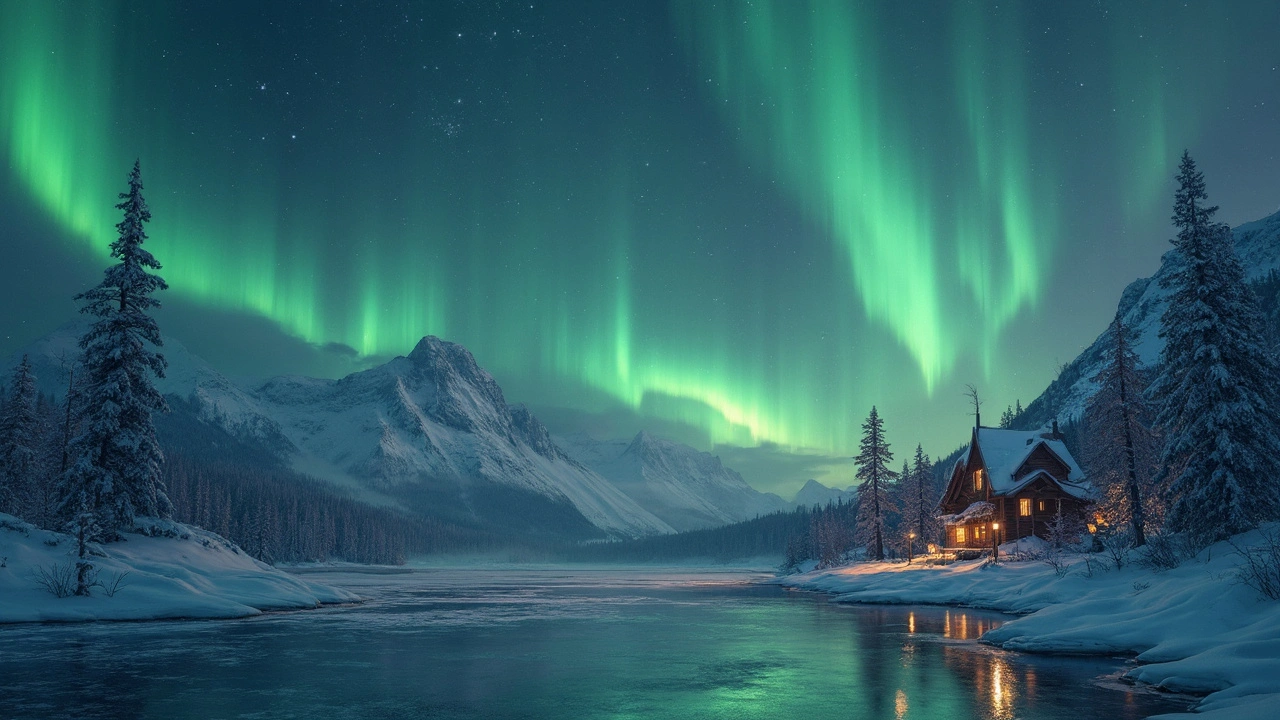Aurora Borealis: Quick Facts and How to Catch the Light Show
Ever wondered why the night sky sometimes bursts into green and purple ribbons? That’s the Aurora Borealis, or northern lights. It’s a natural light show caused by charged particles from the sun colliding with Earth’s atmosphere. The result is a dancing display that’s easy to miss if you’re not prepared.
When and Where to Look
Most people see the aurora between September and March, when nights are longest. The further north you go, the better your odds. Top spots include Norway’s Tromsø, Iceland’s Thingvellir, and Canada’s Yukon. If you’re staying in a city, head to a dark park outside the lights, avoid street lamps, and give your eyes a few minutes to adjust.
Practical Tips for a Smooth Experience
First, check the space weather forecast on sites like Space Weather Live – it tells you the solar activity level and predicts visibility. Dress in layers; you’ll be standing still in cold weather for a while. Bring a sturdy tripod and a camera that lets you set a long exposure; a 15‑second shot at ISO 800 usually captures the colors nicely.
Don’t rely on apps that promise a guaranteed show. Aurora activity fluctuates, and clouds can ruin a clear night. Instead, plan for a multi‑night trip and keep a flexible schedule. If you’re traveling from London, consider a short flight to Scotland’s far north (the Isle of Skye) – you’ll get better darkness and still keep the journey under three hours.
Finally, stay safe and respect nature. Stay on marked paths, keep your phone charged, and let someone know where you’re headed. With a bit of patience and the right timing, the Aurora Borealis can become a memorable part of your travel story.


